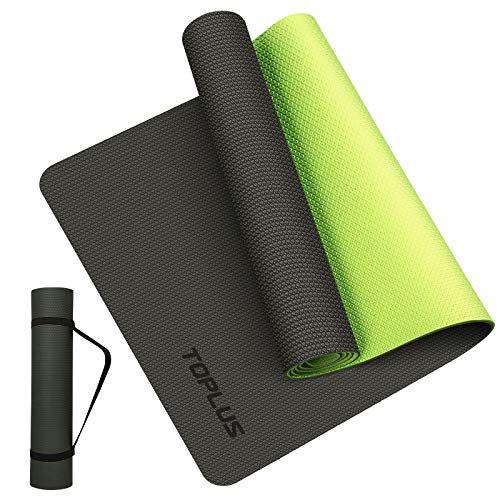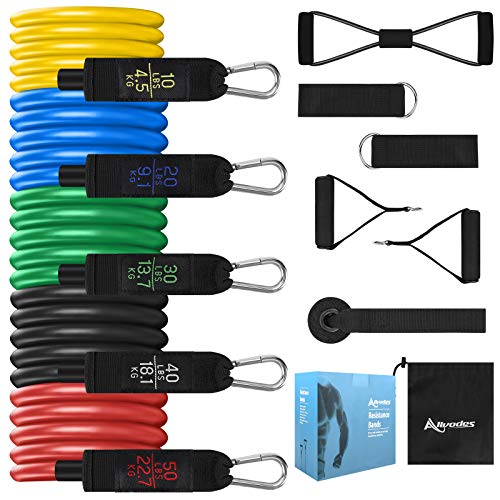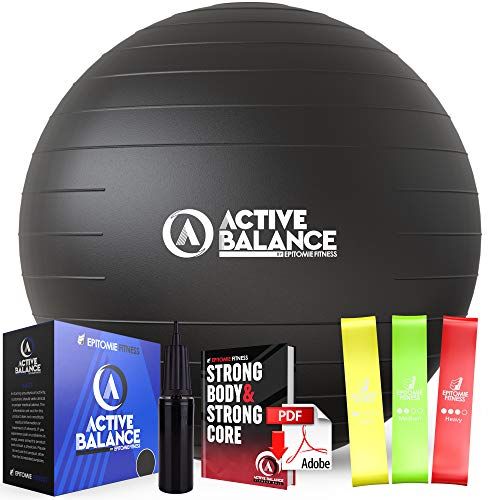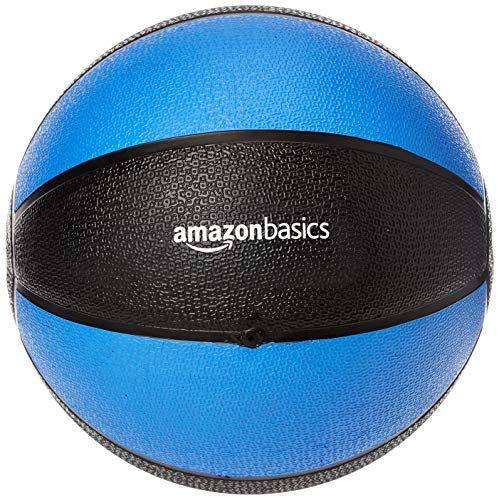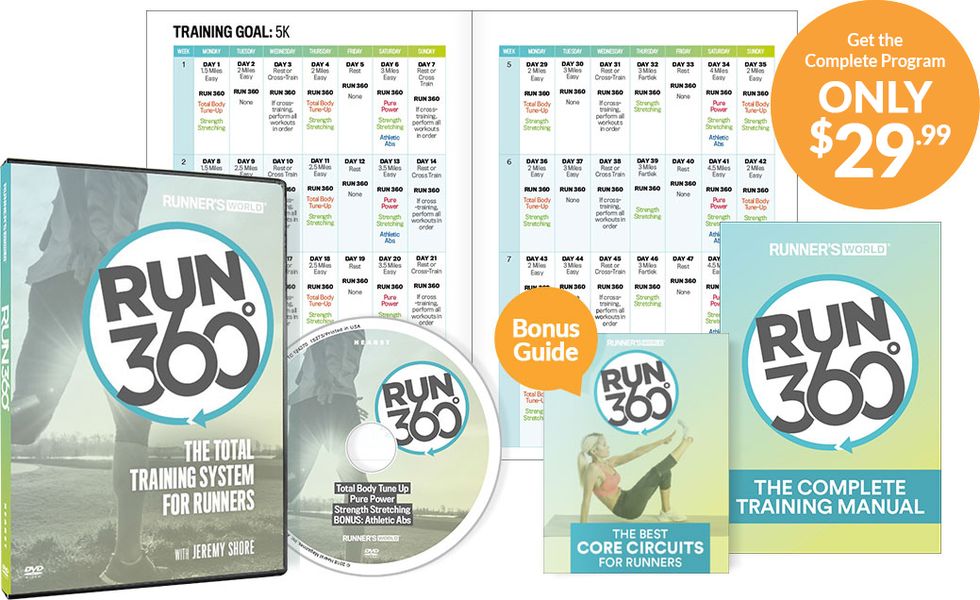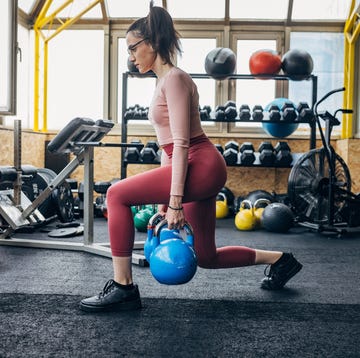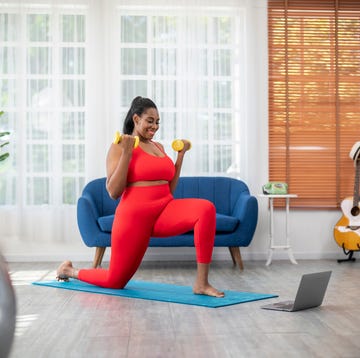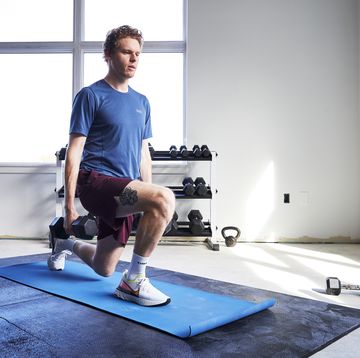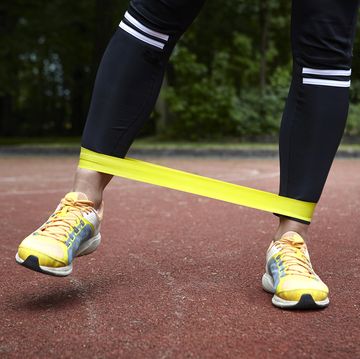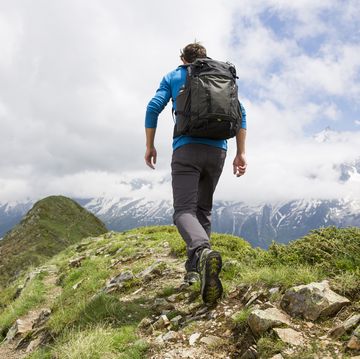There are some things you come across when running that you can ignore: rude drivers, tangled headphone cords, random bad advice. And then there are things that you absolutely shouldn’t ignore—like your core muscles.
“Your core stabilizes every part of your body,” says Mike Durner, a certified strength and conditioning coach and exercise physiologist. “With a weak core, everything else in your body will fatigue much more quickly.”
Notice that Durner is using the work “core” and not “abs.” That’s for a reason. “Your core is everything from your shoulders down to your hips,” he says, adding that strong abs alone won’t give you the strength and stability you need to keep your back injury-free and your pace steady.
But not all core exercises are created equal. Some are downright useless for runners, while others target the stability you need to run strong, consistent, and injury-free. So we teamed up with Runner’s World+ Coach Jess Movold to provide you with six key core exercises all runners should do regularly.
How to use this workout: Each move is demonstrated by Movold in the video above and outlined below so you can learn the proper form. Perform each move for 30 seconds then rest for 30 seconds at the end of the set. Repeat the set twice more for a total of 3 rounds. Perform this workout two to three times per week.
As you build strength and the workout becomes easier, you can increase the time of each exercise to 45 or 60 seconds or increase the number of sets to 4 or 5. You will need a mat, a resistance band or cable, and an exercise ball.
For the latest workouts and training tips, join Runner’s World+ today!
Plank (and Variations)
How: To start, master a basic high plank: Start on all fours with your hands directly under your shoulders. Engage your core, draw your belly button in, and step each foot back into a high plank position. Hold for 30 seconds.
Once you can successfully hold a basic plank for one to two minutes (or several 30-second holds), start adding in variations to see gains.
Forearm Plank: From high plank position, drop down onto your forearms and hold.
X-Plank: From high plank position, lift right hand and left leg up. Stabilize through your core to keep hips square. Return to high plank then repeat on the other side. Continue to alternate for 30 seconds.
Unstable Plank: From high plank position place forearms on a bosu ball or a medicine ball to create instability and challenge your core. Hold for 30 seconds, building up to one to two minutes.
Why: Both Movold and Durner like planks because they hit your shoulders, back, and abs without requiring a lick of equipment. You can do them anytime, and anywhere.
Windshield Wiper
How: Lie faceup on a mat with your legs straight up in the air and your arms out to your sides in a T. Engage your core, then slowly lower your legs to the left, while working to keep your right hip down (it will pop up, but try to glue it down). Then bring your legs back up to center before lowering them over to the right while trying to keep left hip down. Beginners can start with bent legs, then gradually work toward straightening them.
Why: “This works your external obliques, which cross from your ribs to your pelvis; plus, it gets a bit of your lower back, too,” says Durner.
Glute Bridge
How: Lying faceup with knees bent, feet flat on the floor, and arms next to your side so your fingertips can touch your heels. Engage your core and contract your glutes to lift hips straight up toward the ceiling. Your body should form a straight line from your shoulders to your knees. Hold then lower back down. Repeat for 30 seconds. Build up to one minute.
When that gets easy, lift one leg straight up to perform the glute bridge on one leg. Repeat on the other side.
Why: “This works the low back and the top of the glutes, two areas where distance athletes get sore and fatigued” says Durner.
Palloff Press
How: Stand with your feet slightly wider than shoulder-width apart, knees slightly bent, shoulders back, and chest tall. Using a cable-pull machine with a single-hand attachment or a rubber resistance band set up to your right side, grab the handle, and take a step away from the band, so there is tension on it.
Start with your hands clasped at chest and press the handle straight out keeping your shoulders, arms, and hips straight ahead. The cable or band will try to rotate your torso; resist this rotation. Hold for two to three seconds and bring your hands back to your chest to complete the rep. Switch sides so the cable/band is set up to your left and repeat.
Why: Endurance coach Chris Burnham says this is one of his favorite moves. “Our core’s primary goal is to stabilize our spine, while our extremities do work. A lot of that stabilization is controlling rotational forces. The better we can stabilize our core, the more power we can put out,” he says. And your transverse abdominals—which you work in the Palloff press—are crucial for stabilization.
Bicycle Crunch
How: Lie faceup on a mat and place fingertips behind your ears, elbows out wide. Engage your core to crunch up as you bend right knee up to chest while simultaneously rotating to the right so left elbow comes toward right knee. Return to the starting position and repeat the crunch on the other side with left knee drawing up to right elbow. Continue to alternate for 30 to 60 seconds. Keep your low back pressed into the mat throughout.
Why: “I like this move because it keeps the work in your core and not in your hip flexors,” says Movold. “Rotational moves like this target the muscles that keep you steady [when you run.]”
Stability Pike-Up
How: Start in a plank position with your feet up on an exercise ball. Keeping your knees straight, bring the ball in toward your hips—your butt should be pointed up to the sky. Beginners can start by bending their knees and simply bringing the ball in toward their chest, but once you’ve mastered that, move on to the full, straight-knee pikes.
Why They Rock: Moves with an instability component force you to confront any muscle imbalances or weaknesses you may have. “If you’re going off balance, your body is going to let you know,” says Durner. This pike is a great one for testing where you’re weak.
A Note on Machines
If you’re working out at the gym, machines designed for core exercises serve a specific purpose: Mainly, they are ideal for beginners who are just starting to build strength and need the assistance of the machine to help.
Durner adds that the best core exercises for runners are those that use your own body weight and some sort of balance or anti-rotational element, since stabilizing your body as you move through the motion engages more muscles than one machine can. “It’s just generally not a normal range of motion and you may be working against a weight that isn’t right for you,” says Durner. Plus, ab machines are often confusing. If you don’t know how to use it properly, you’re better off just skipping it, rather than risking an injury.
If this series of exercises feels too challenging, it may be best to start on machines to build up strength and muscle memory of the movement pattern or work with a professional trainer to guide you.

